Rivergate Mall's 1971 Grand Opening
Rivergate Mall opened on October 6, 1971, in Goodlettsville, Tennessee, just off Vietnam Veterans Blvd. The first anchor stores were Cain-Sloan, Castner Knott, and JCPenney.
Developed by Retail Planning Corporation of Atlanta, the 1.1 million square foot super-regional center stood at the core of a new retail corridor.
At its debut, it was Tennessee's largest shopping mall, with tenants like Jo-Ann Fabrics, McCrory, and Walgreens, holding that title until Hickory Hollow Mall opened in 1978.
The mall's first years were tied to the rise of suburban shopping outside Nashville.
Cain-Sloan brought in fashion and department store staples, while Castner Knott carried its long regional history into the new setting.
JCPenney filled out the lineup, offering national reach with broad selections.
Supporting shops and restaurants filled in the gaps, giving customers both convenience and variety under one roof.
The area soon took on the mall's name, and "Rivergate" became shorthand for a cluster of shops, dining, and commerce straddling the city of Goodlettsville and the Nashville neighborhood of Madison.
People still call the surrounding district "Rivergate," but the mall itself is nearly empty, with demolition now scheduled to begin.
What opened in 1971 as Tennessee's largest shopping center has reached its final chapter after decades of trade, traffic, and shifting anchors.
Expansion and Retail Growth
By November 1978, Rivergate Mall was already pushing its limits.
Developers added 55,000 square feet of retail space, a new parking lot, and 22 additional stores.
The expansion brought in more mid-sized chains and specialty shops, filling out the gaps between the anchors.
It gave the mall breathing room and locked in its role as the area's dominant shopping destination.
The 1980s brought even more changes.
In December 1986, Journeys opened its very first store inside Rivergate, turning the mall into the birthplace of a national footwear chain.
The next year, Cain-Sloan's store was sold to Dillard's as part of a deal that shifted several Nashville-area locations.
Shoppers walked through the same hallways, but one anchor's name had already changed.
In 1989, another large project came together: a new wing for Sears.
That addition included dozens of new retail parcels and a food court, reflecting the trend of malls becoming all-day destinations.
Sears' arrival helped keep Rivergate competitive, giving customers one more national name.
Through the late 1980s, Rivergate was no longer just a place to shop - it had become the heart of the district.
Anchors rotated, new stores opened, and the food court gave families a place to stop between errands, helping the property keep pace with the growing Nashville market.
Weathering Storms and Ownership Deals
The mall started the 1990s strong, but it didn't hold.
On May 18, 1995, a tornado outbreak punched through the roof, caving in part of the structure and injuring more than a dozen people.
Crews patched it up quickly, and construction started within days, but the damage left a lasting mark.
It was one of those moments everyone remembered, a hard break in the mall's long run.
In June 1998, Rivergate Mall was sold to CBL Associates & Properties in a $247 million deal.
That summer, Proffitt's also took over five Castner Knott locations from Dillard's, including the one at Rivergate, reshuffling the anchor lineup once more.
CBL moved to refresh the property in 1999 as competition loomed from Opry Mills.
Crews laid new carpet, redesigned entrances, and gave the interior a more polished feel, all aimed at keeping Rivergate attractive against a newer rival.
In March 2001, Proffitt's sold its location to Hecht's, transferring another anchor brand within the same walls.
Each transaction marked another step in the chain of ownership and retail changes that defined Rivergate's middle years, as the mall tried to hold on to its place in Nashville's crowded retail market.
Anchor Changes and Retail Shifts
By 2003, Linens' n Things had taken space at Rivergate Mall, filling out its roster of national chains.
That store stood alongside Hecht's.
In 2006, the Hecht's location was converted into Macy's, following Federated Department Stores' acquisition of May Department Stores.
The shifts in anchors came as the market around Nashville was changing.
By 2008, the Streets of Indian Lake in nearby Hendersonville was nearing completion, bringing in upscale retailers and drawing some of the customer base away from Rivergate.
While the mall still had Dillard's, JCPenney, Sears, and Macy's, its mix was beginning to feel pressure from new developments.
In 2012, Incredible Dave's opened in one wing of the mall.
The entertainment and dining complex was designed to introduce a fresh draw, offering attractions beyond traditional retail.
It closed two years later in 2014, leaving behind empty space and a reminder of how difficult it was to sustain new ventures.
By this period, Rivergate Mall's identity was less about expansion and more about adapting.
Still, the property held on as a trade hub for Goodlettsville and the surrounding retail corridor.
New Ownership and Store Openings
In 2013, ownership changed once again when CBL sold Rivergate Mall, along with two other properties, to Hendon Properties.
The Atlanta-based firm partnered with an offshore investor in a $176 million deal, marking a new phase for the property.
Management shifted, but Dillard's and JCPenney continued as the two steady anchors.
By 2017, several tenants had established their businesses in the mall.
Guitar Center opened an 11,700-square-foot location in the spring, filling in a large space with music gear and lessons.
That same summer, rue21 expanded its store by 2,600 square feet, keeping its focus on teens and young shoppers.
In the fall, Foot Locker moved into a larger store of its own, adding 1,000 square feet.
Not every anchor stayed. Sears closed its Rivergate store in March 2019, part of a national plan to shutter 80 locations.
The space joined a growing list of empty anchors in malls across the country.
By 2020, Macy's also closed its location, and the building was sold to Urban Story Ventures for $4 million.
Property Sale and Redevelopment Plans
By March 2024, Rivergate Mall was put on the market again.
The asking price wasn't disclosed, but the listing underscored how much had changed since Hendon Properties took over in 2013.
In January 2025, Cincinnati-based Merus, formerly known as Al. Neyer stepped in with a full redevelopment proposal.
The plan included razing most of the enclosed mall and replacing it with a mix of housing, retail, restaurants, and entertainment venues.
Even the old Macy's building was folded into the blueprint.
In February 2025, concept renderings were released.
They showed over 450 residential units, townhomes, and senior living, along with 71,400 square feet of retail and dining space.
The tallest buildings would reach seven stories, and new public areas were laid out with walkable streets and green spaces.
The timeline set construction to begin in the fall of 2025, with completion expected in 2029.
By spring, the mayor's office confirmed the partnership with Merus.
Financing was structured with a property tax agreement, capped at $42 million or 25 years, to help cover infrastructure costs like roads and utilities.
Incentives and Local Approvals
In May 2025, the city announced an agreement with Merus that locked in the redevelopment plan.
The deal included a $22.5 million loan from Metro, supported by future tax revenues, and laid out safeguards on spending.
It marked the first formal step from concept to execution.
Only 40 of the mall's 96 storefronts were still open, illustrating the scale of decline that made redevelopment urgent.
Approval from the Industrial Development Board and Metro Council was still required, but support for the project was building.
On May 29, 2025, Goodlettsville's Board of Commissioners and Industrial Development Board voted to approve economic incentives for the redevelopment.
Plans showed that nearly all of the existing mall would be demolished, except for Dillard's, which would remain in place.
Officials also confirmed that about a third of the property sat inside Goodlettsville's boundary, a share expected to grow to nearly 70 percent as new parcels were annexed.
Demolition was set to begin in the summer of 2025.
The approvals cleared the way for construction crews to start dismantling the property, signaling the transition from an aging shopping center to a large mixed-use project tied closely to Goodlettsville's future growth.

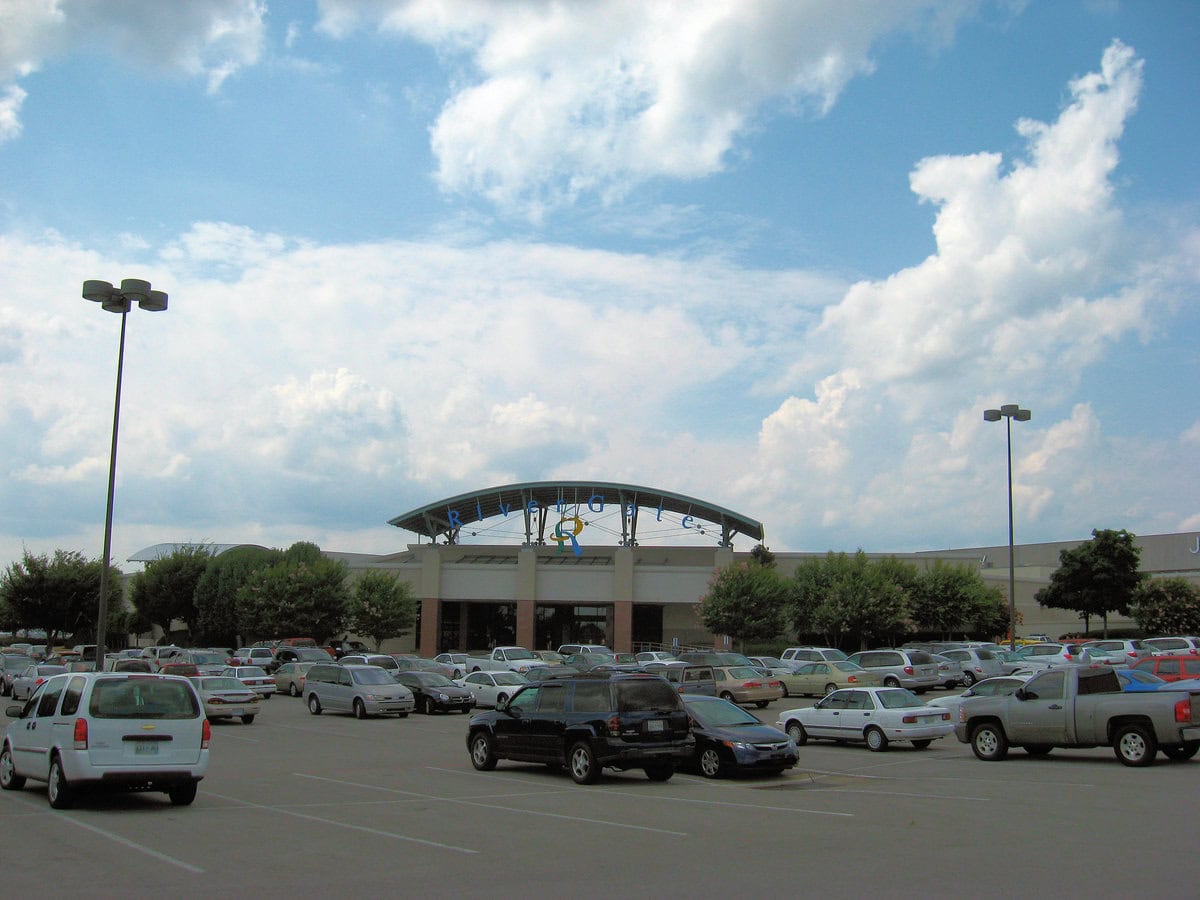
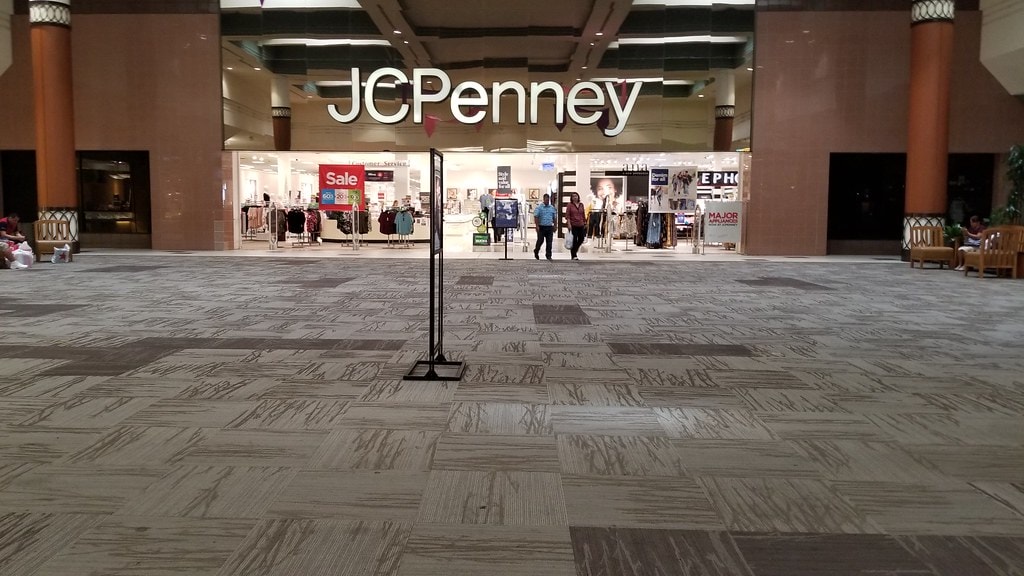
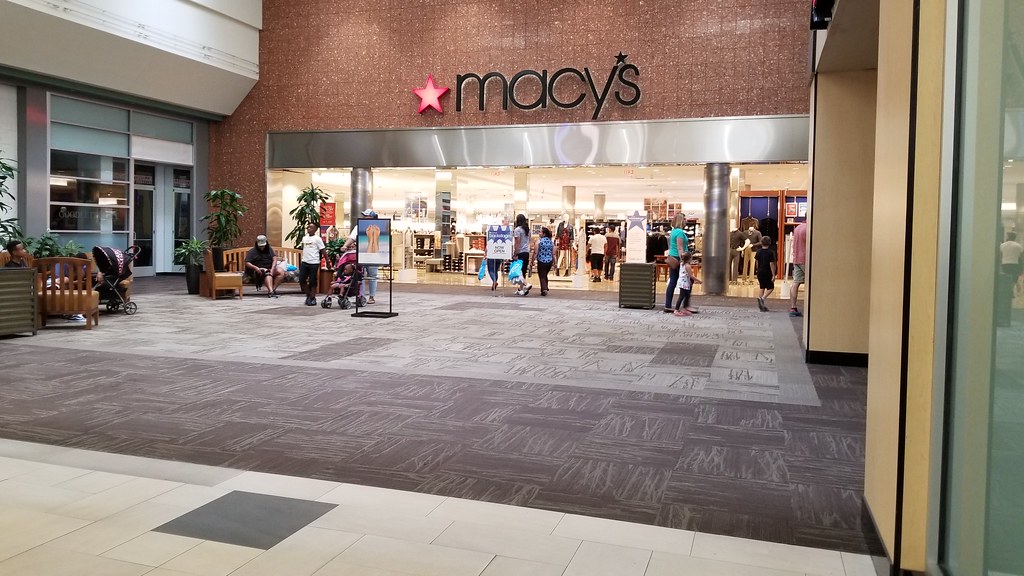
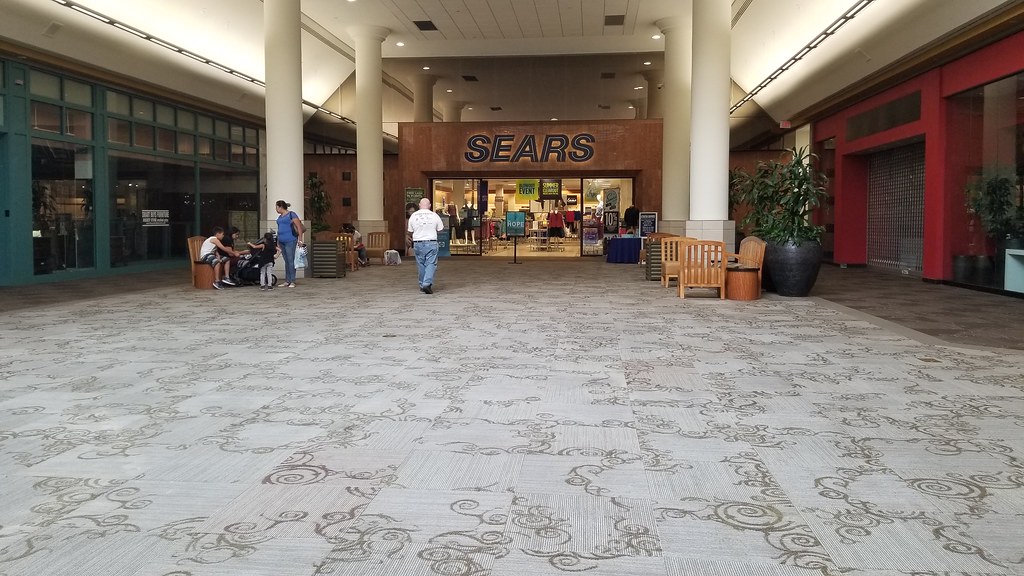
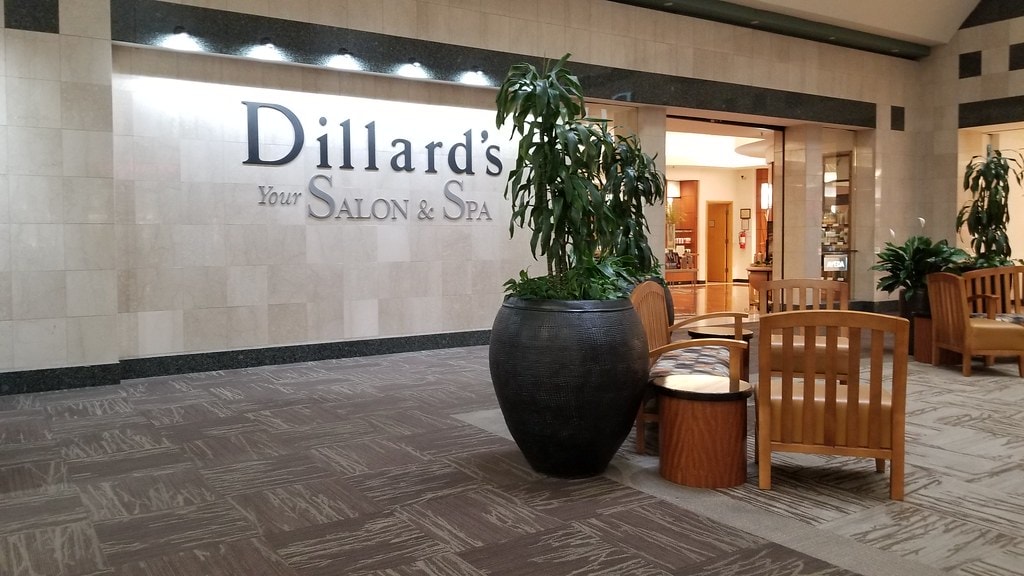
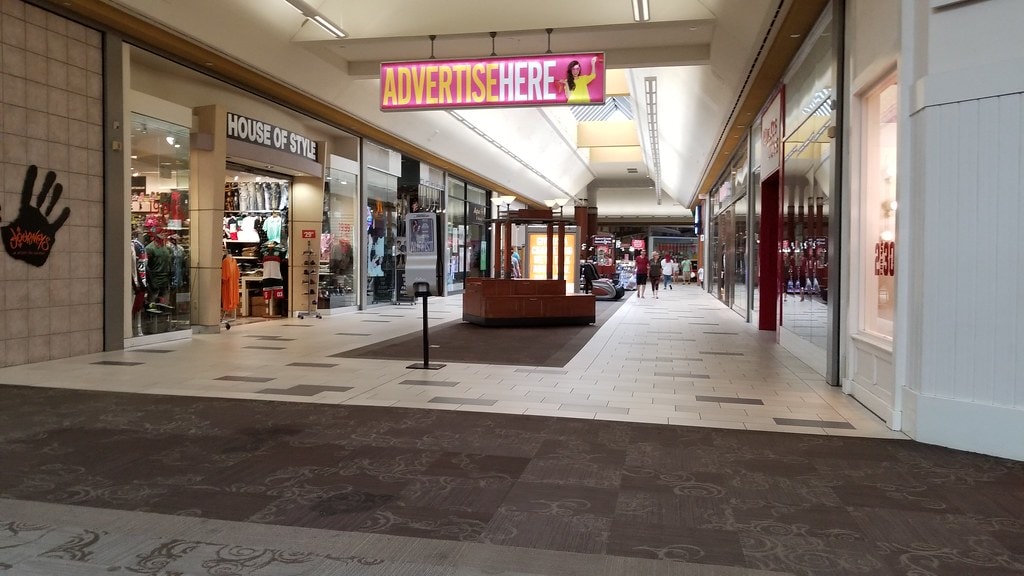
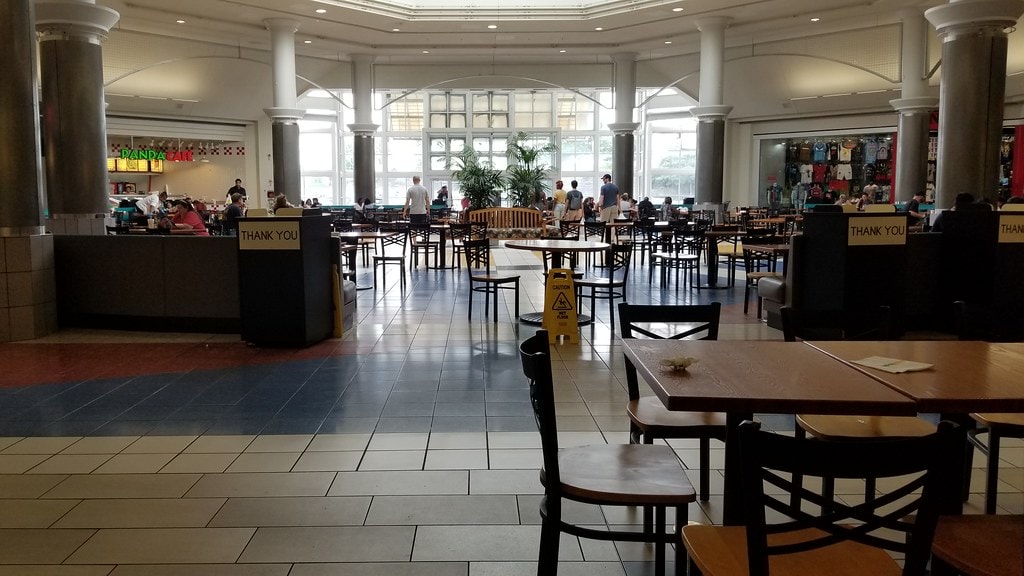
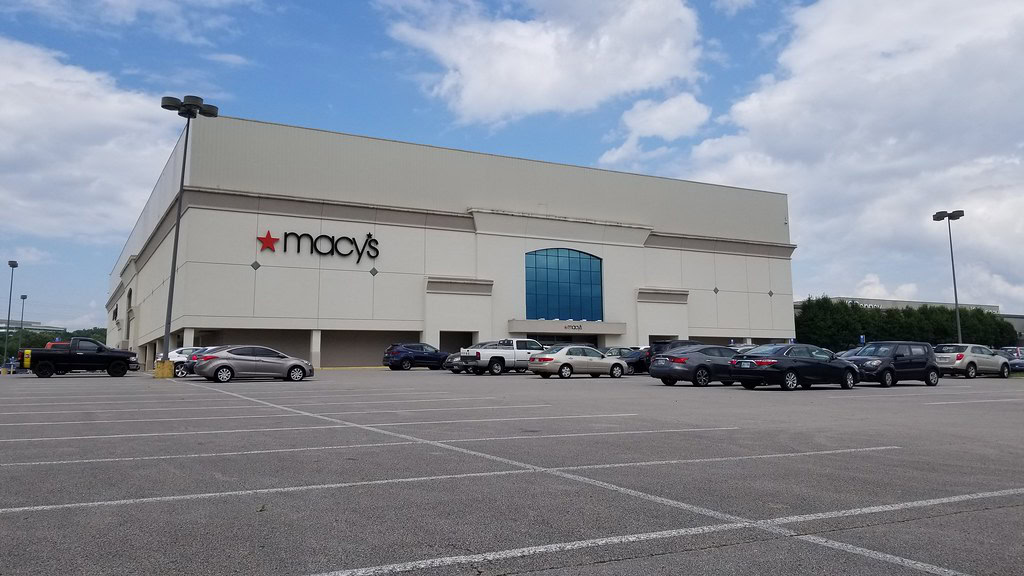
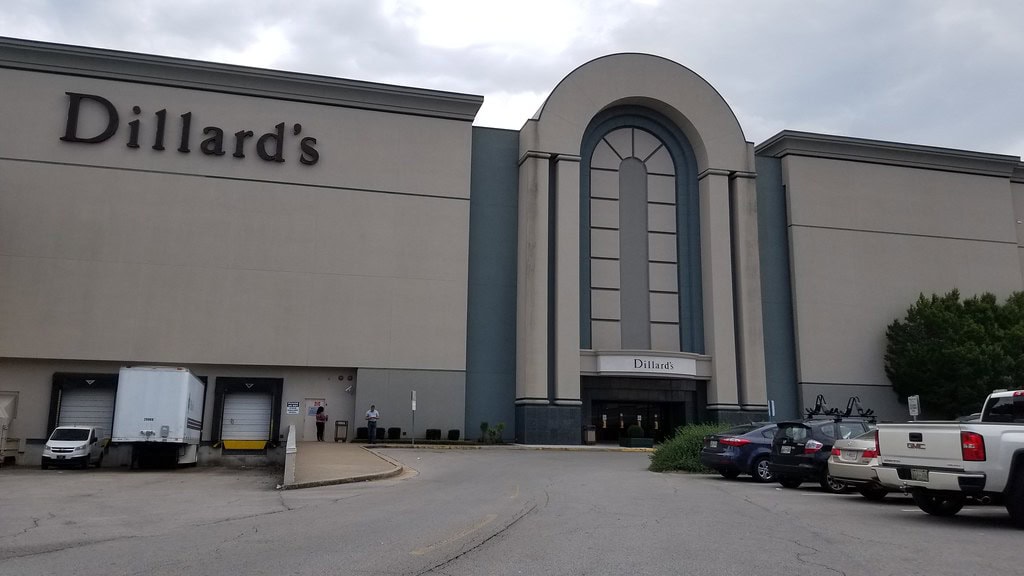
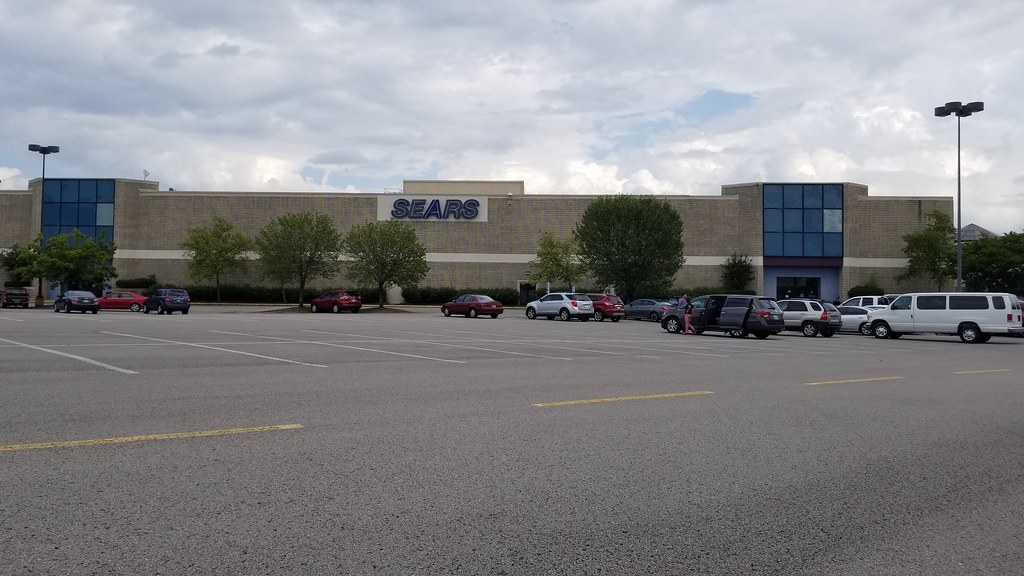
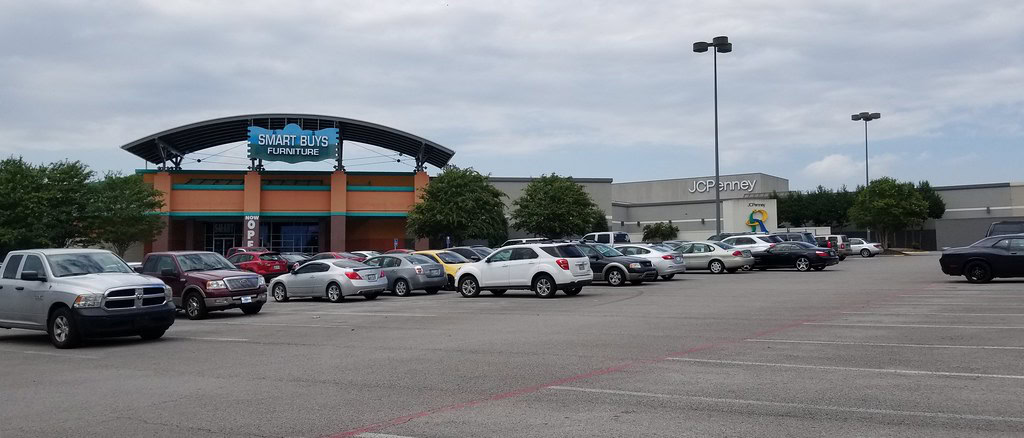
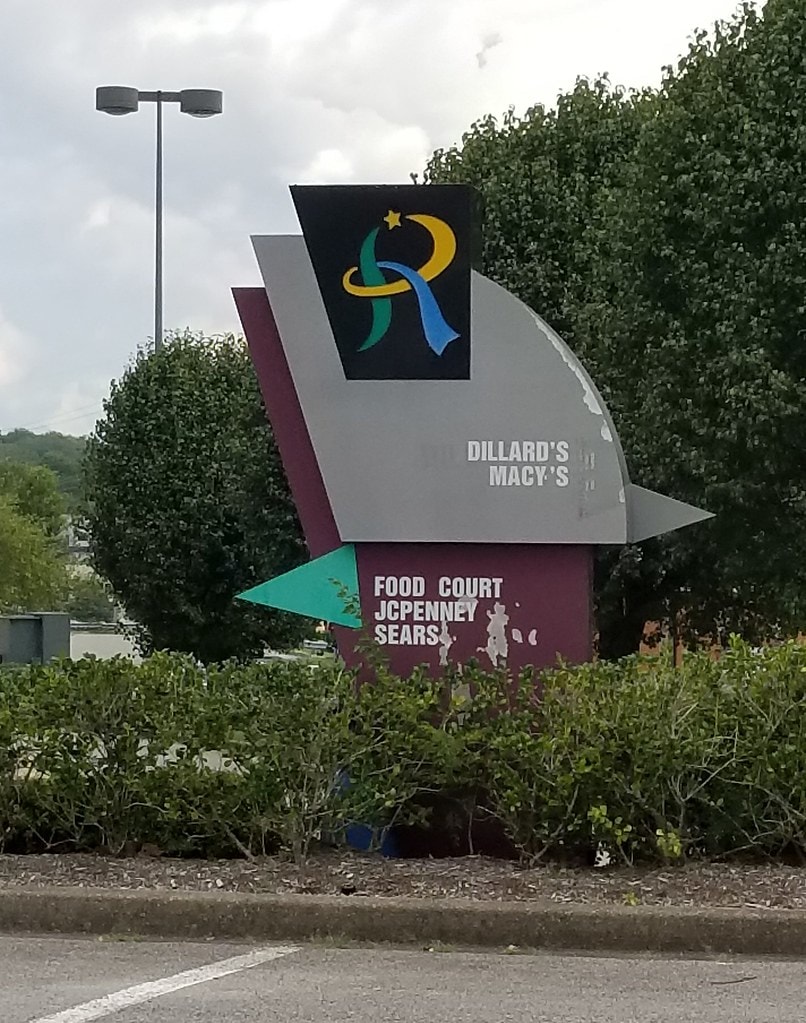
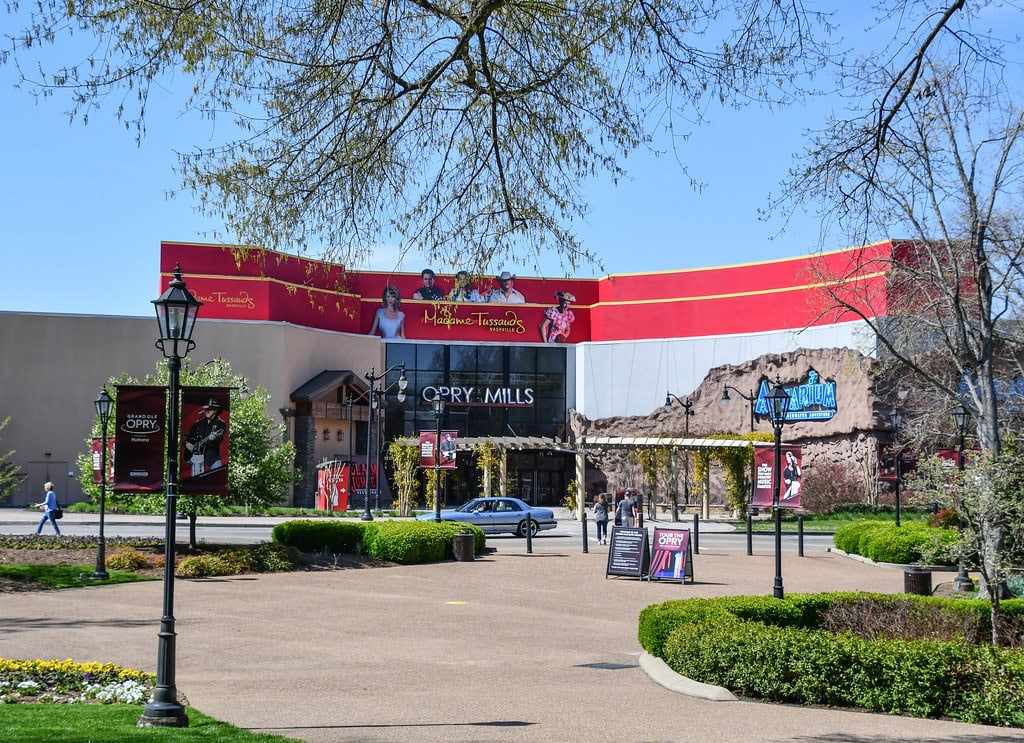


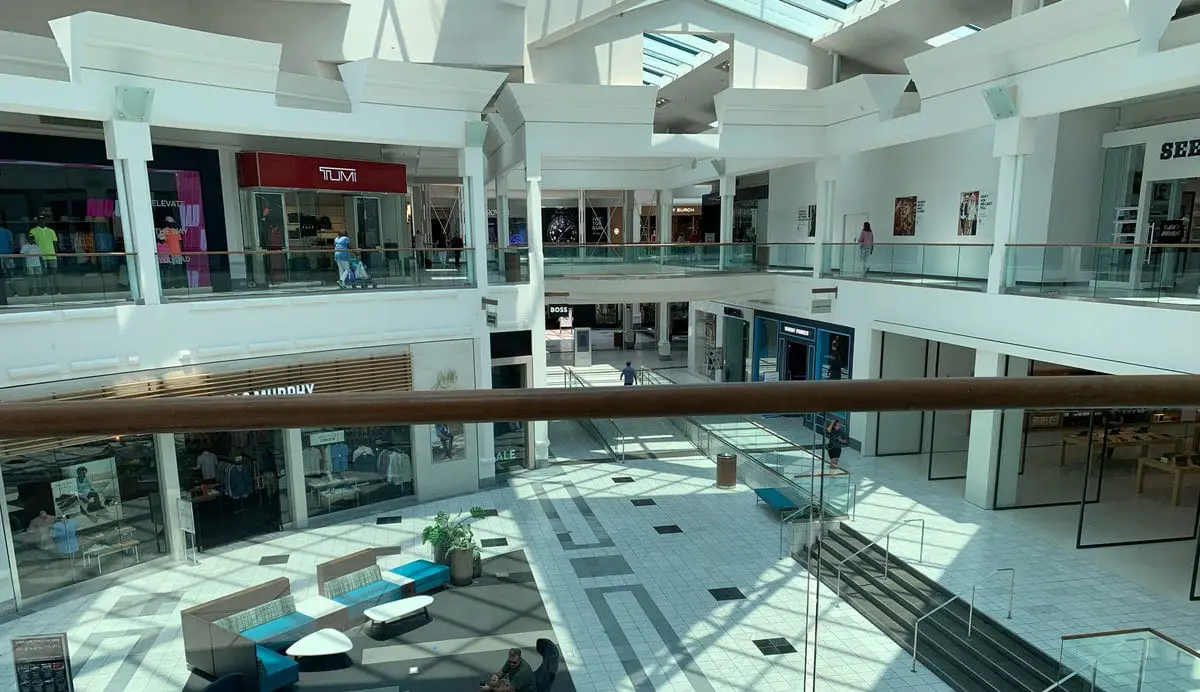
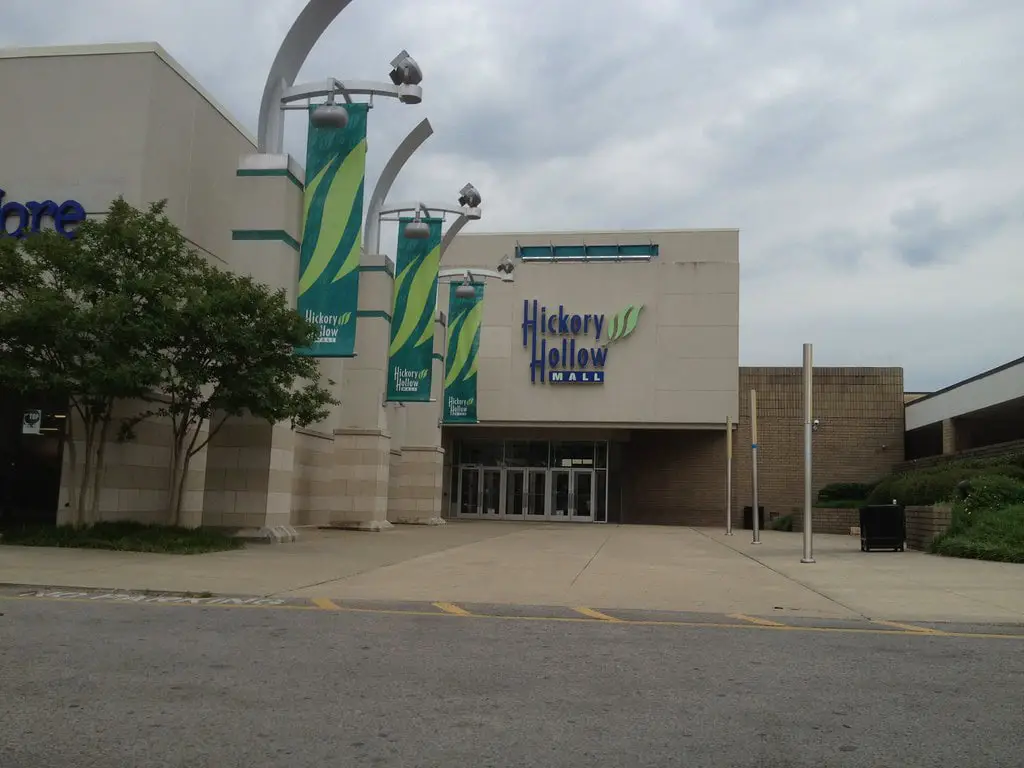
Summer is almost over, so when will see any progress on this project? Will it be another decade before it gets started? It seems as if this is an empty promise. I hope there are restaurants included in this project that we can enjoy like the ones in Cool Springs and Mt. Juliet.
Your impatience makes sense, residents have heard plans for years